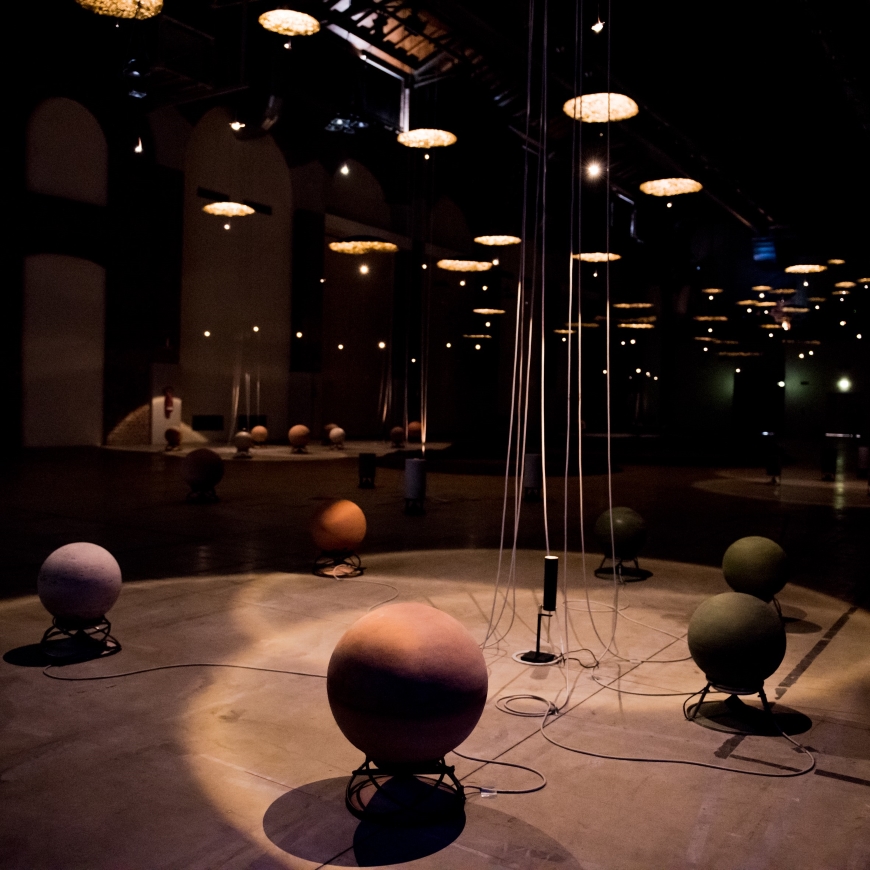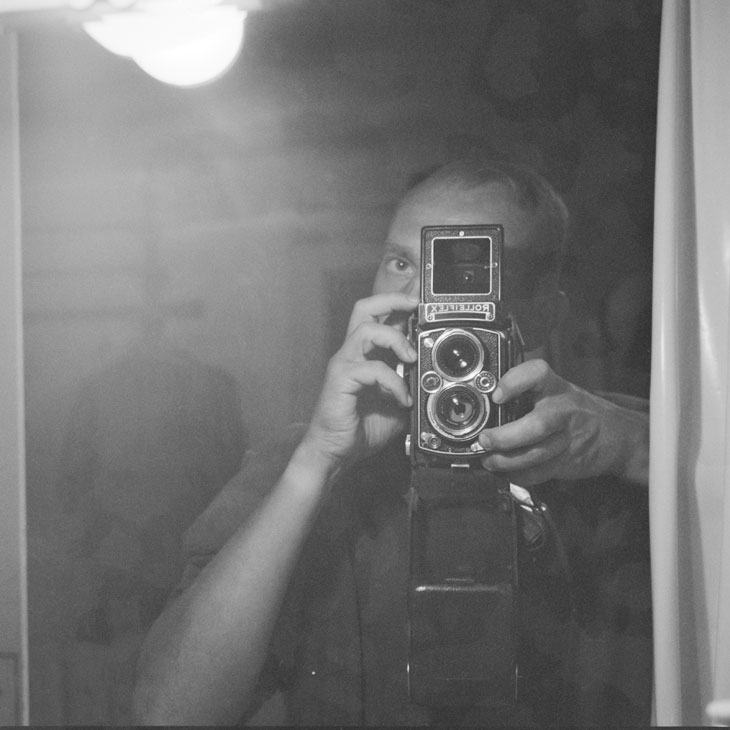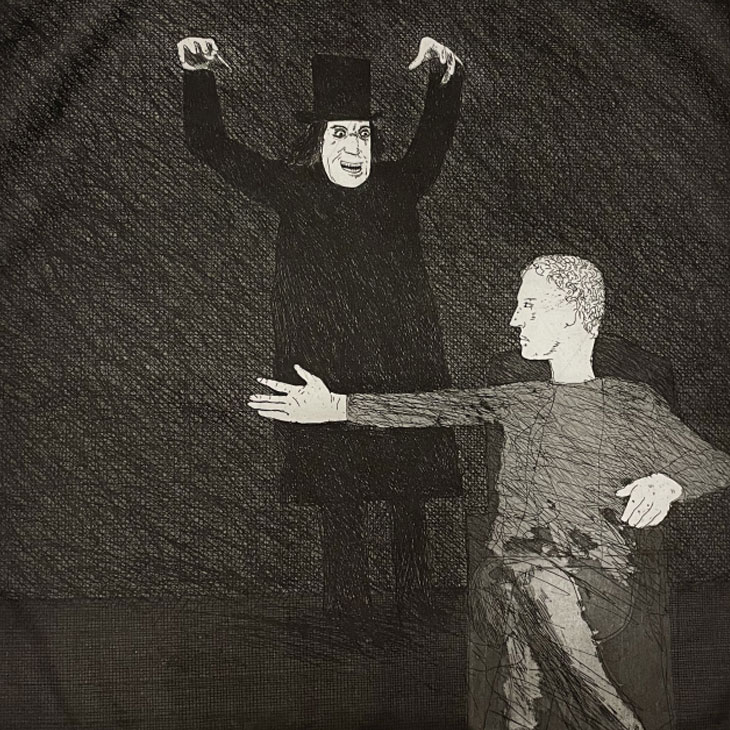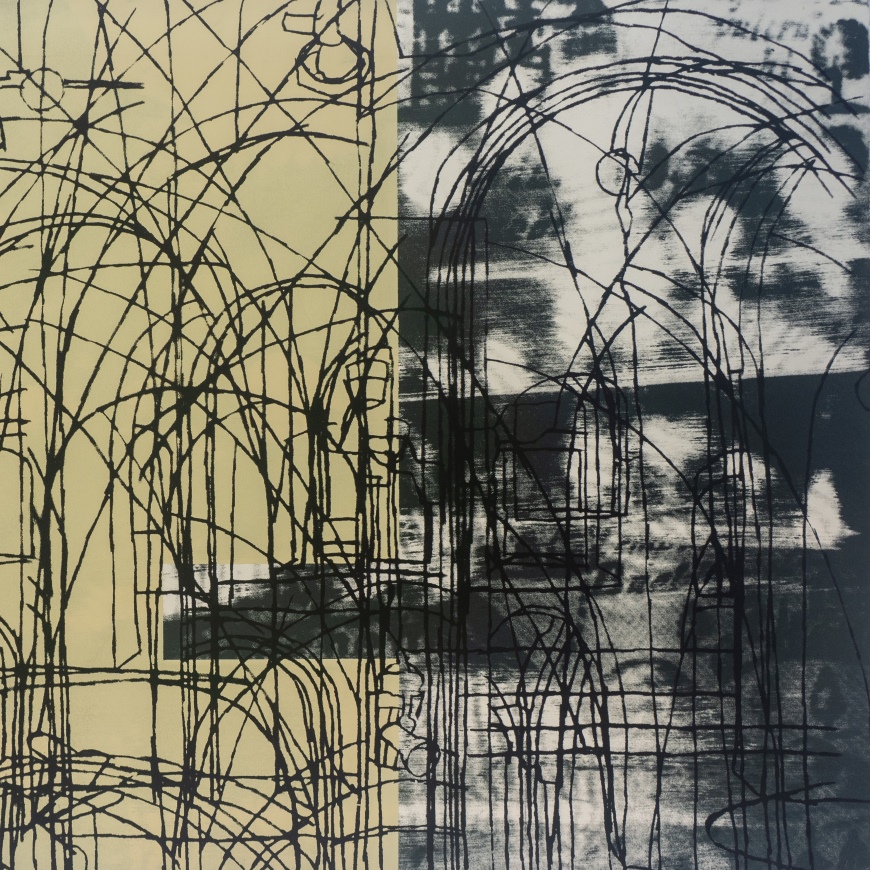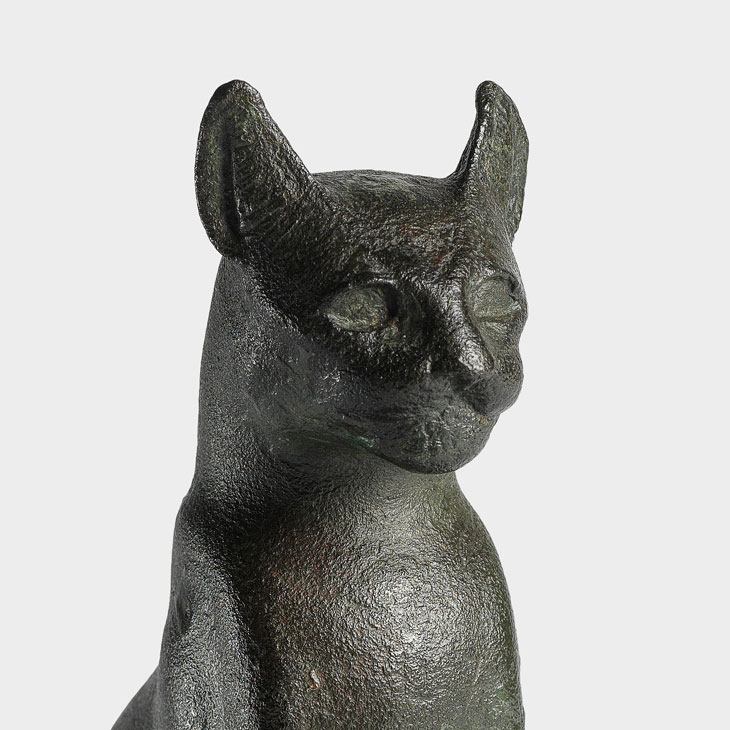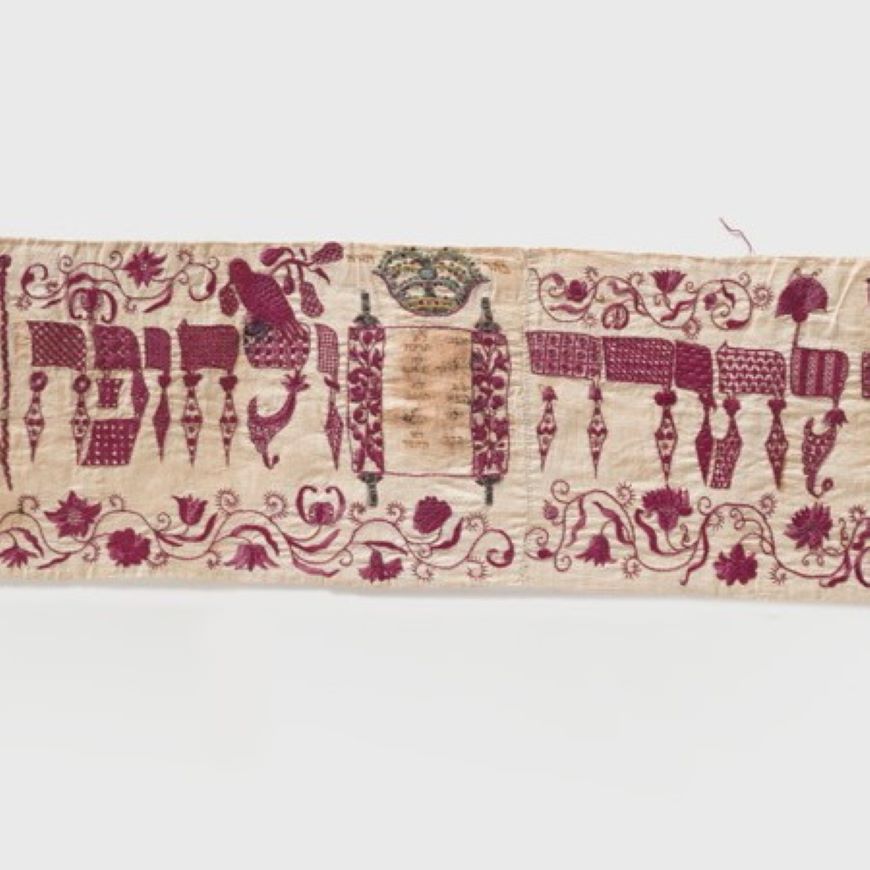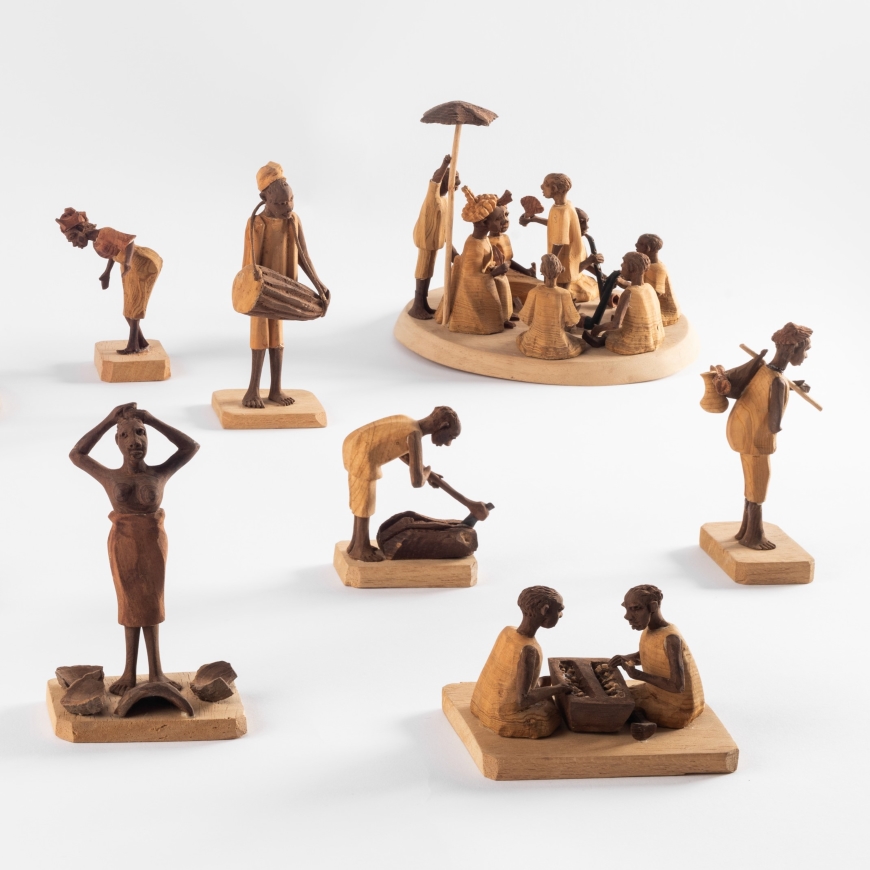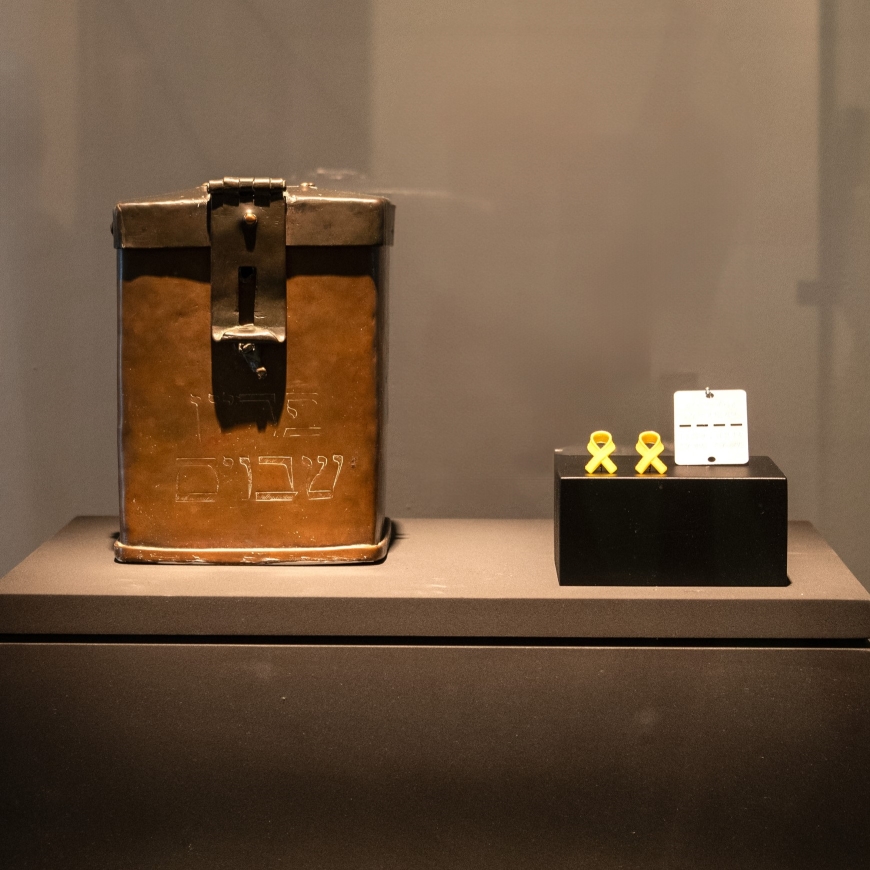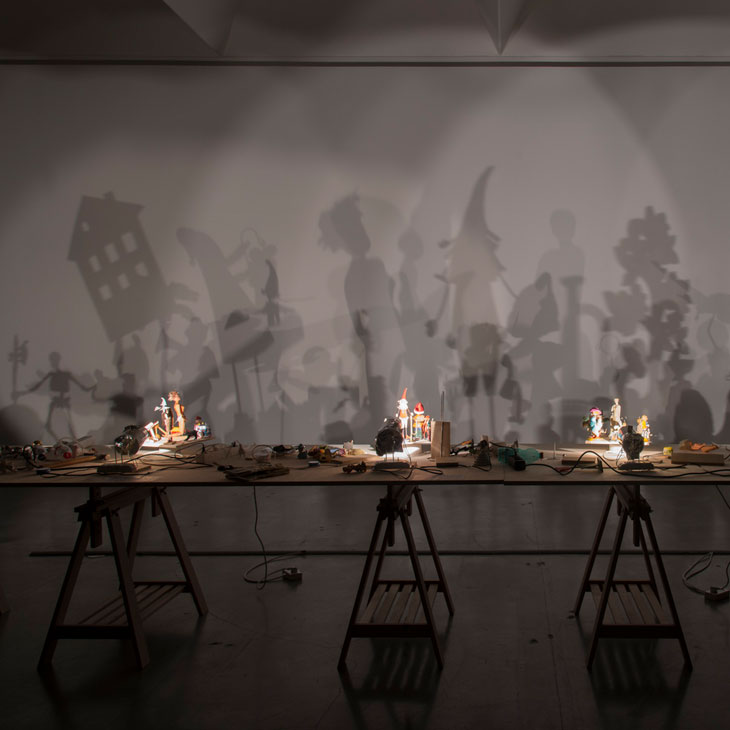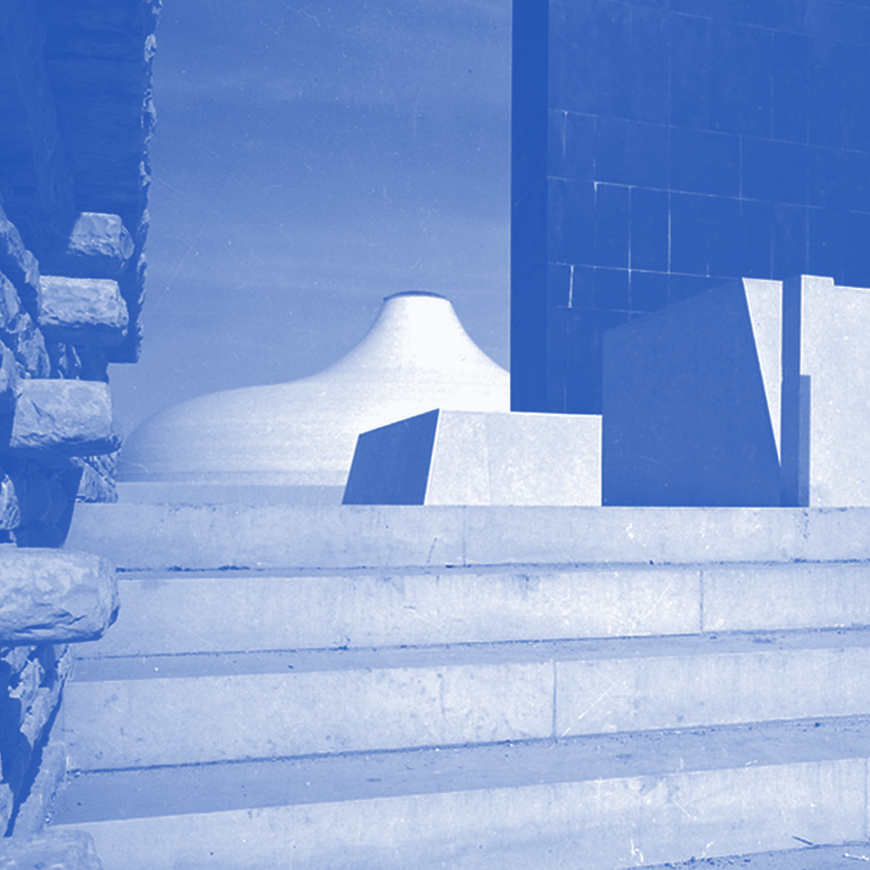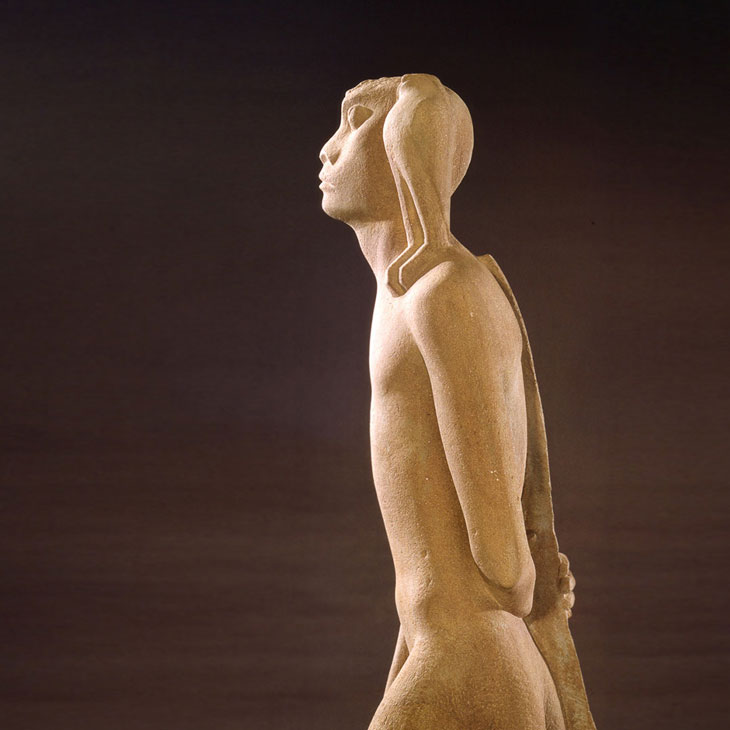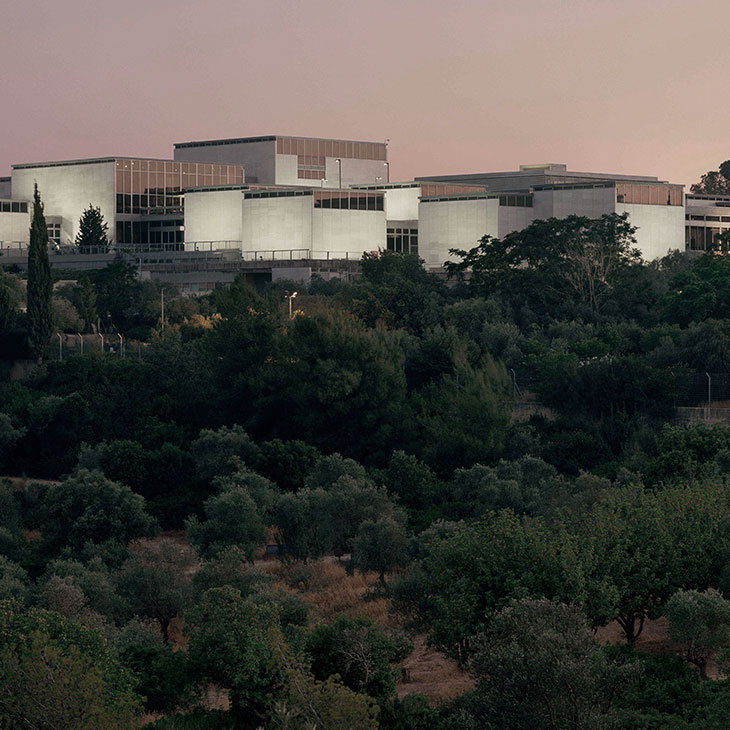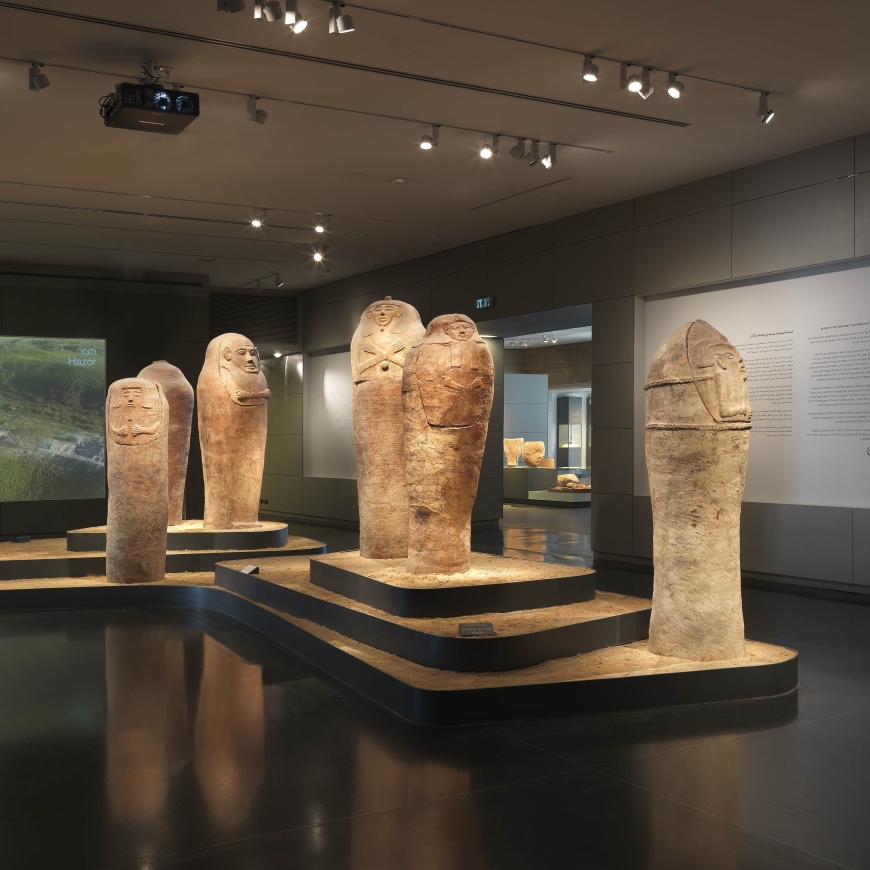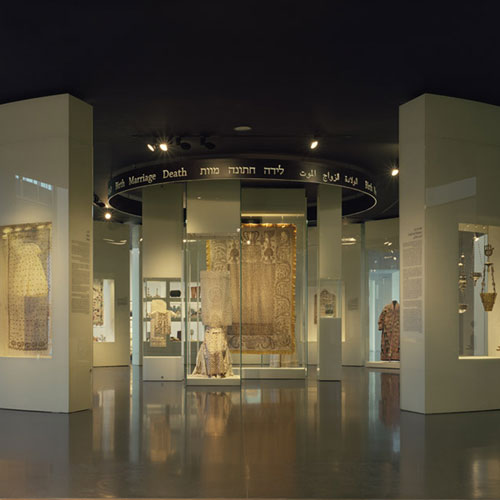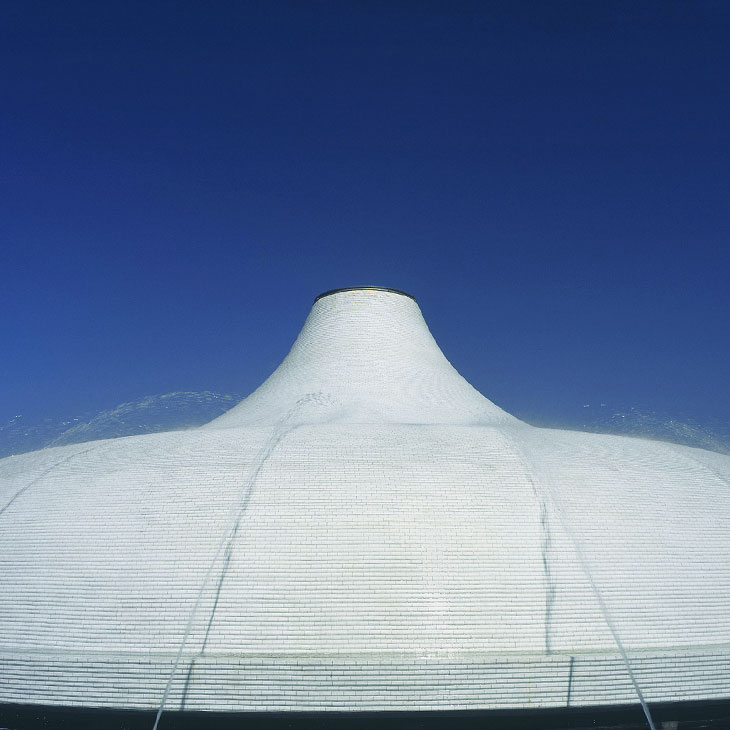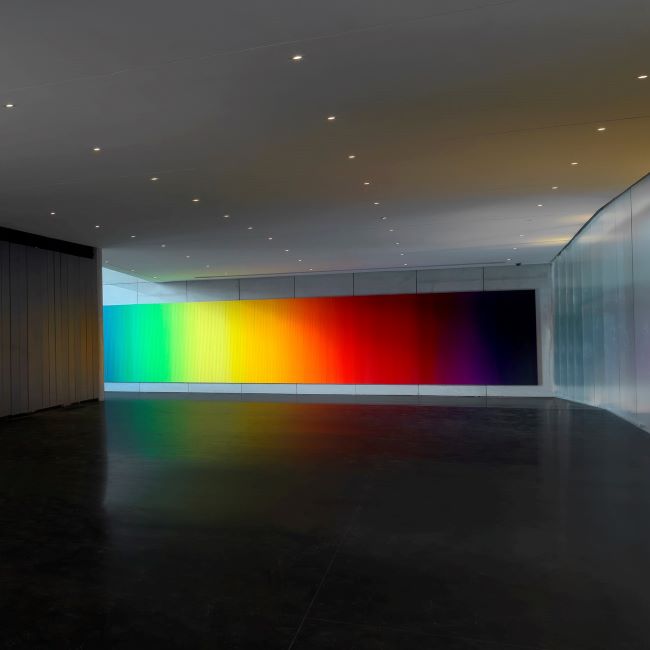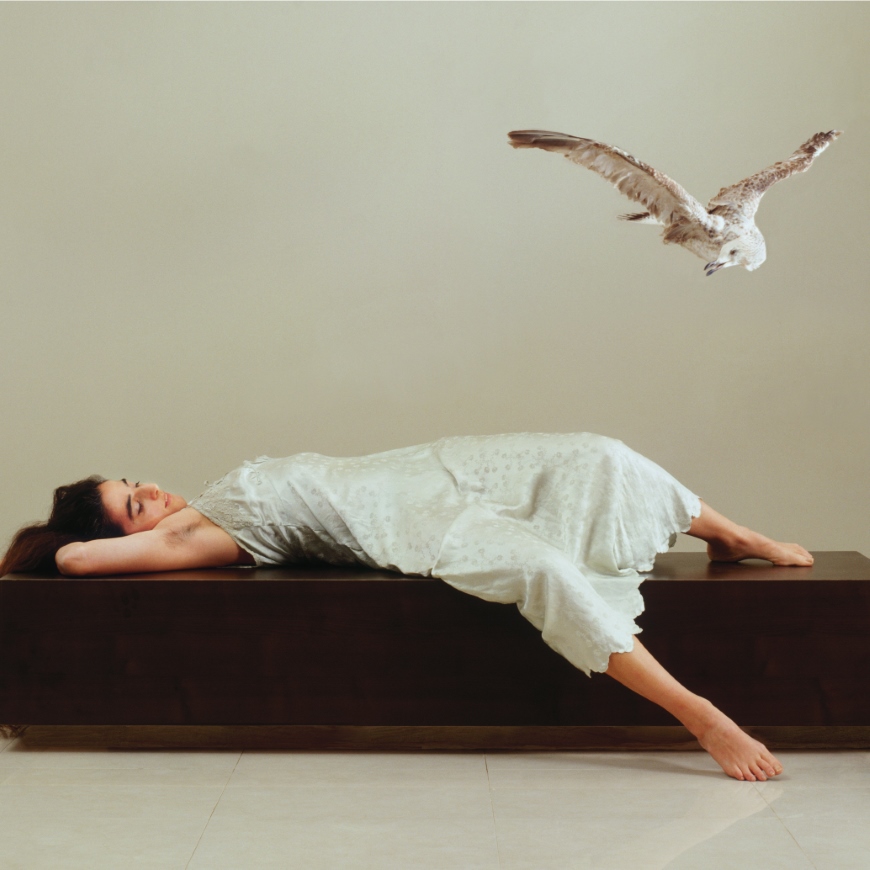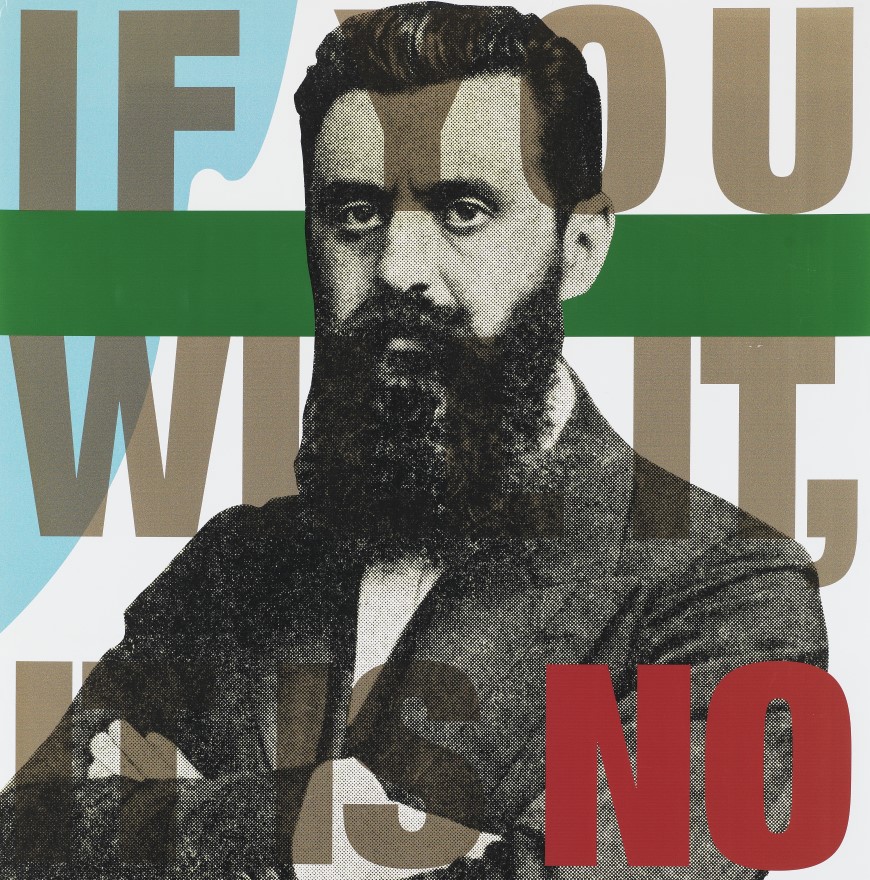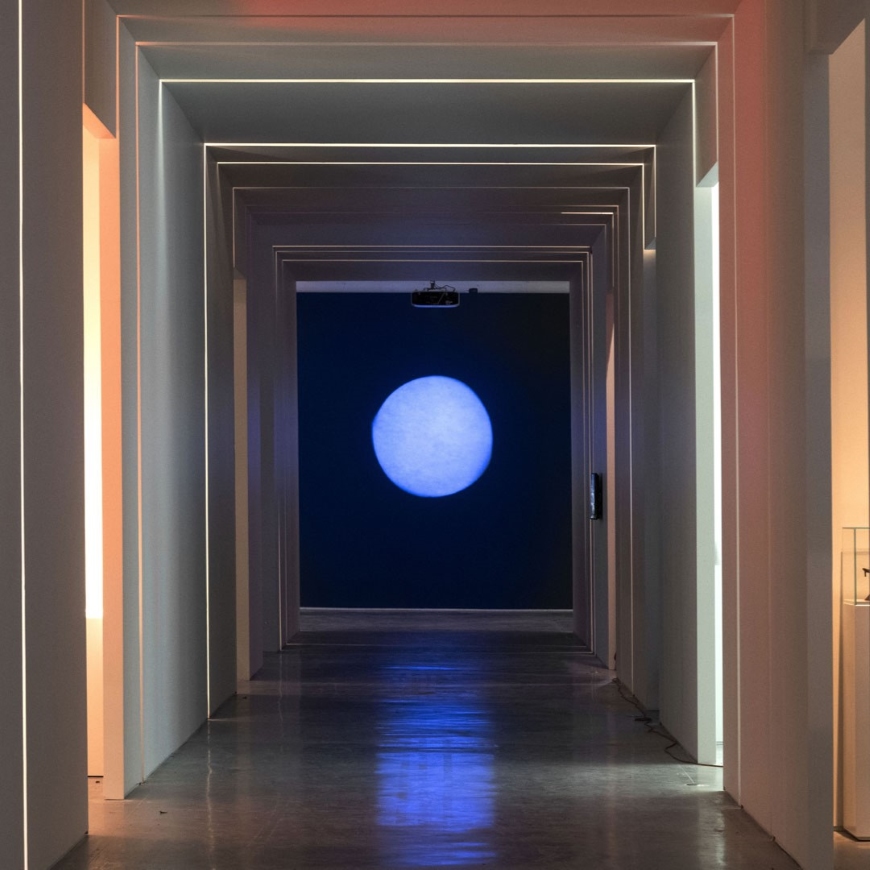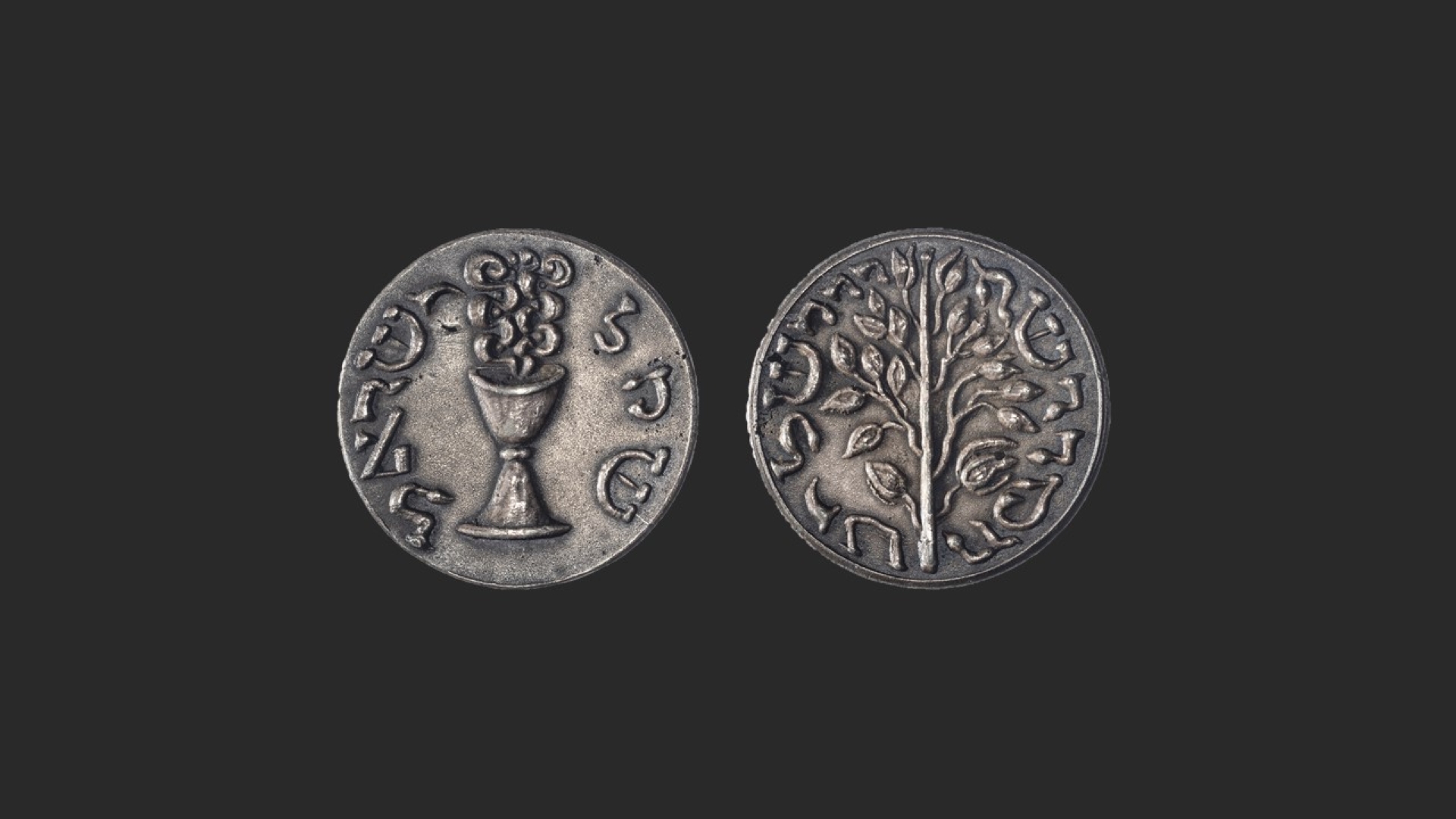
Shekels: True or False?
-
June 26 2023 - April 29 2024
Curator: Yaniv Schauer
designer: Tal Gur
-
Byron and Dorothy Gerson Temporary Exhibition Gallery, Archaeology Wing
People need tangible objects in order to better understand their past and strengthen their faith. If they can actually hold these objects in their hands – even better. If the objects are not exactly genuine – that’s also alright.
The Israel Museum’s coin collection includes many genuine ancient coins, as well as a group of imitation coins known as “fantasy shekels,” or “false shekels” – souvenir medals which were sometimes confused with authentic ancient coins.
These “shekels” were apparently produced between the 16th and the 20th century in Europe and the United States. They all bear inscriptions in modern Hebrew script. It seems that they were inspired by an ancient shekel of the First Jewish War, which was seen by the renowned Jewish scholar Nachmanides in Acre in 1267. Nachmanides described the coin in his commentary on the book of Exodus, but misinterpreted its motifs: he interpreted the cup as a flask, and the pomegranates as a flowering almond branch. Imitations produced on the basis of his description were purchased by Christians, who believed they were the thirty pieces of silver that Judas Iscariot received for handing Jesus over to the authorities; they were also purchased by Jews, for different reasons.
The exhibition presents these “shekels” as well as medals associated with biblical figures, such as Abraham, Moses, Joshua, David, and Solomon. Objects related to these “coins” are also on display. On a deeper level, the exhibition deals with truth, lies, and forgeries, the quest for knowledge, and the lust for antiquities.
- May 01
- May 01
- Apr 26May 02May 03May 09May 10May 16May 17May 23May 24May 30May 31
- May 03May 10May 17May 24May 31
- Apr 21Apr 24Apr 28May 05May 08May 12May 15May 19May 22May 26May 29
- Apr 21Apr 28May 05May 12May 19May 26
- Apr 21Apr 24Apr 28May 05May 08May 12May 15May 19May 22May 26May 29
- Apr 22May 06
- May 06May 27
- May 06
- May 06
- May 06Jun 10
- May 08May 15May 22May 29
- May 08May 15May 15May 22May 29
- May 08May 15May 22May 29
- May 08
- Apr 24May 08May 15May 22May 29

